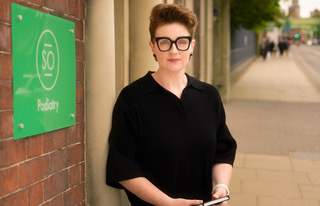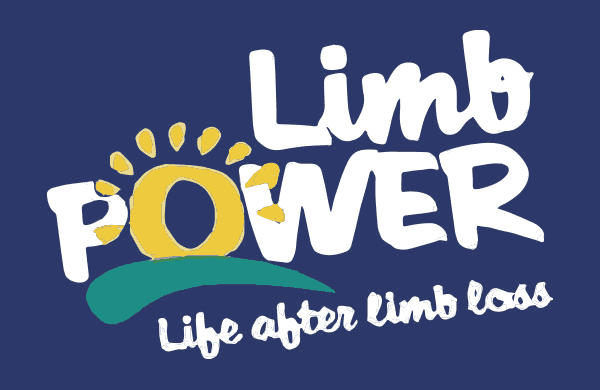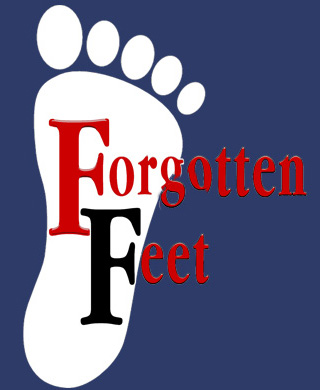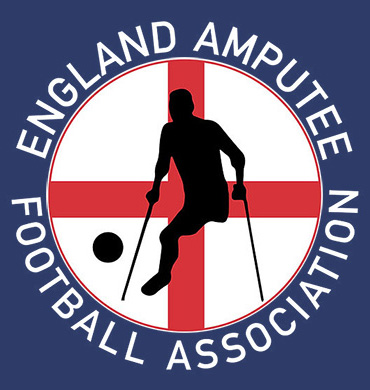Stephanie Owen MSc, PgCert, BSc (Hons). Director, SO Podiatry, Worcester As a podiatrist with 24 years of experience, I've witnessed countless patients suffer from the discomfort and pain caused by bunions. These bony bumps, often located at the base of the big toe, can be excruciating when they rub against the inside of footwear especially when there is stitching in the area. The result? Sores, blisters, and aggravated discomfort that significantly impacts one's quality of life. Until recently all padding for these areas have been cumbersome. Since being introduced to PelliTec I have discovered that this revolutionary product has been transformational in helping our patients gain comfort and return to normal activities pain free. Bunions, medically known as hallux valgus, develop when the big toe deviates towards the other toes, creating a protrusion at the metatarsophalangeal joint. This deformity is often painful if footwear rubs and presses on the area . This constant friction can lead to painful sores and blisters, making even the simplest of steps an agonising ordeal. PelliTec has been a revolutionary development in podiatry that not only reduces blisters but brings relief to bunion sufferers. These pads, made from a special medical-grade material, act as a protective barrier between the bunion and the shoe, preventing the friction that causes sores and blisters. Here's why they're a game-changer: Effective Protection: PelliTec pads are designed to adhere comfortably to the shoe forming a cushioning barrier over the bunion. This barrier significantly reduces the abrasive contact with the shoe, allowing everyone to wear their favourite footwear without the pain. Versatility: These pads are incredibly versatile and can be used with various types of footwear, from snug-fitting heels to roomy trainers. Whether it's your work shoes or your weekend walking boots, PelliTec pads have got you covered. Comfort and Discreetness: Unlike some bulky orthotics, PelliTec pads are discreet and virtually invisible. They won't cramp your style or draw unwanted attention to your feet, allowing you to move through your day with confidence. Long-lasting: PelliTec pads are built to last, providing continuous protection and comfort. They can be used for extended periods without losing their effectiveness. Affordability: Compared to other bunion relief options, PelliTec pads are a cost-effective solution that doesn't require surgery or expensive orthotic devices. If you're tired of suffering from painful bunions and the accompanying sores and blisters, it's time to consider PelliTec pads. These innovative, easy-to-use pads offer the protection and comfort you need to reclaim your life from bunion related discomfort. More from Stephanie Owen at SO Podiatry, Worcester Pictured Stephanie Owen




